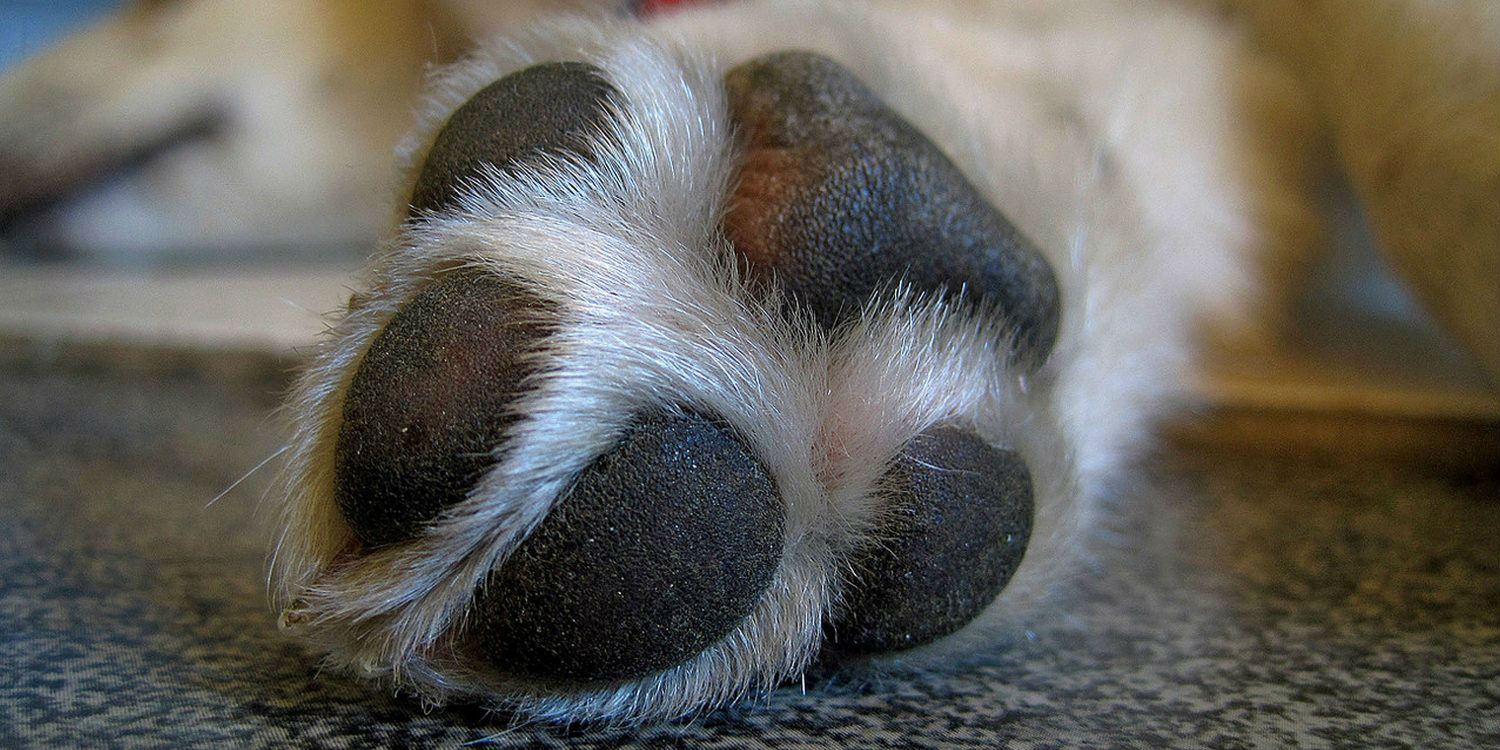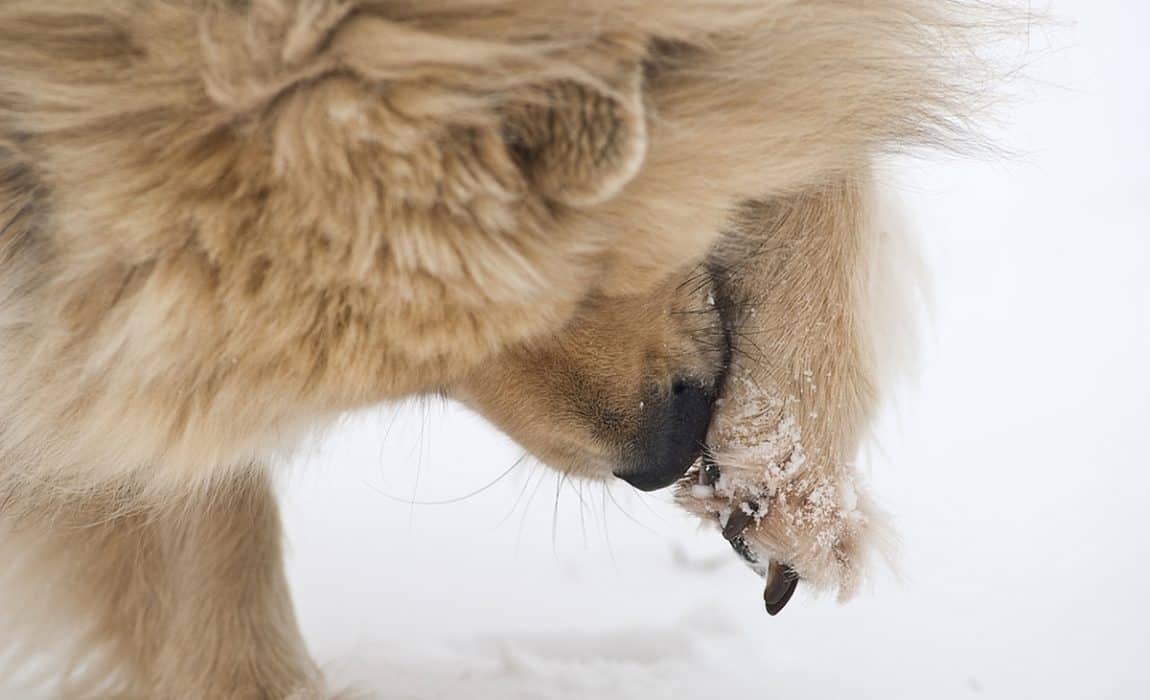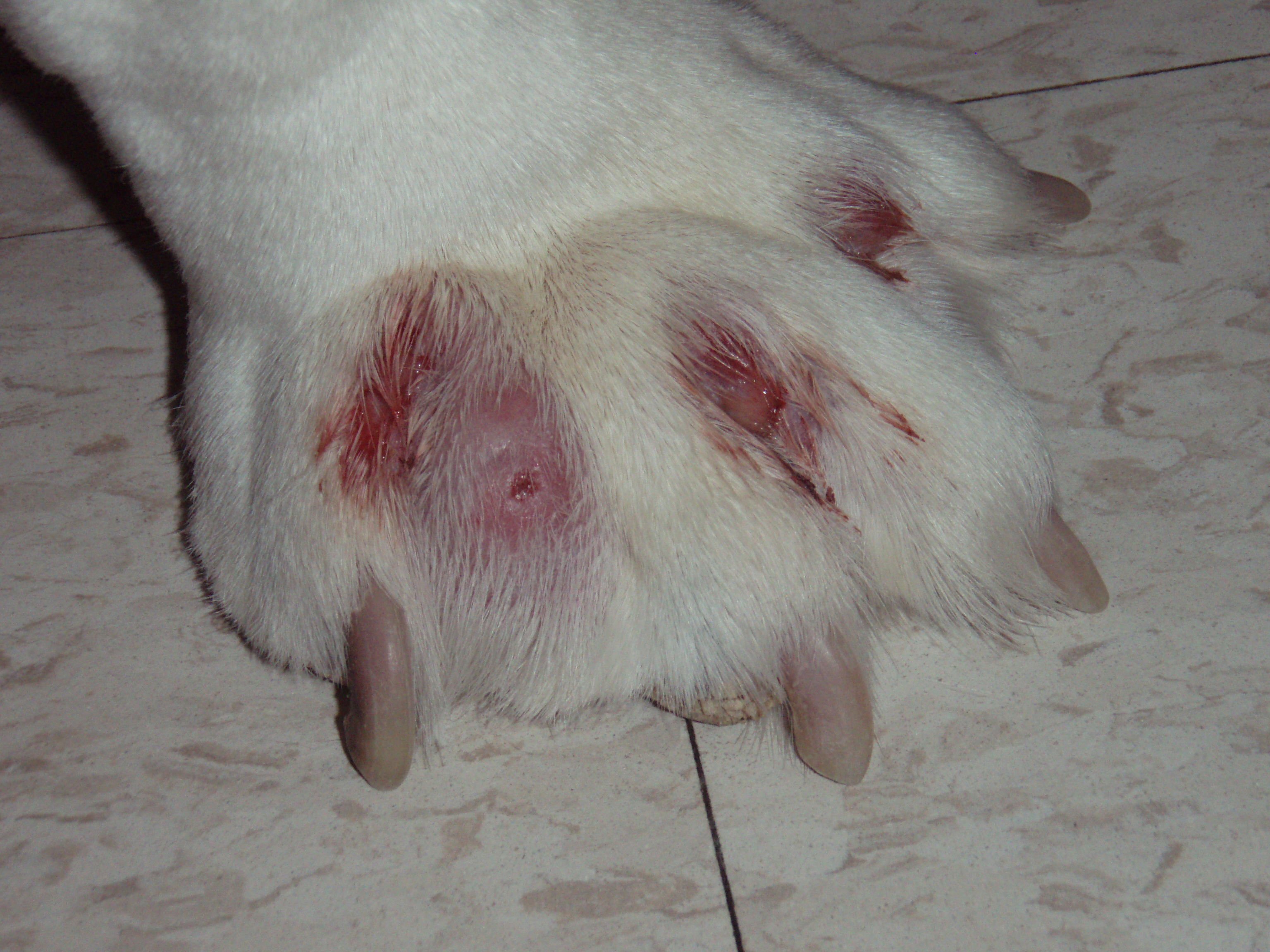Dog paw yeast infection
Dog Paw Yeast Infection. Also known as Malassezia dermatitis yeast infections are usually found in the ears skin folds and in between paw pads. And although this itching can occur just about anyplace the paws are one of the most common sites. Paw yeast infections are one of the more common ailments of dogs. A yeast infection in the ear could cause deafness if left untreated for instance.
 Dog Paws Infections Common Causes Treatments Thegoodypet From thegoodypet.com
Dog Paws Infections Common Causes Treatments Thegoodypet From thegoodypet.com
Its generally found on the paws ear canals armpits jowls anal area and any skin folds that your pooch may have. This is easier said than done. When your dogs paw smell you cannot directly assume it as yeast infection as sometimes this can be Frito-Feet. The infection can be brought on by many different factors but you can diagnose them and start the treatment at home. Read More About Dogs. Malassezia pachydermatis is a yeastfungus that likes to grow in moist areas of a dog.
Most come in the form of a bottled solution that you squeeze into your dogs ears.
When your dogs paw smell you cannot directly assume it as yeast infection as sometimes this can be Frito-Feet. Paw yeast infections are one of the more common ailments of dogs. Finding small amounts of yeast on dogs is normal it only becomes a problem when yeast grows out of control. Yeast dermatitis is a common inflammatory skin condition that occurs regularly in dogs. Malassezia pachydermatis is a yeastfungus that likes to grow in moist areas of a dog. Yeast Infections in Dogs.
 Source: thegoodypet.com
Source: thegoodypet.com
Yeast dermatitis is an inflammatory skin condition that occurs fairly regularly in dogs especially in skin folds ears between paw pads or in other hot humid areas of their body. And although this itching can occur just about anyplace the paws are one of the most common sites. If your dog has red inflamed skin between their toes that has a musty or sweet odor similar to corn. The overgrowth of yeast is an extremely itchy experience for your dog. How do I know if my dog has a yeast infection on his paws.
 Source: healthcareforpets.com
Source: healthcareforpets.com
Most come in the form of a bottled solution that you squeeze into your dogs ears. Yeast can grow anywhere on a dog but especially loves places where it is damp. How do I know if my dog has a yeast infection on his paws. A dog ear yeast infection is the doggy equivalent of athletes foot in peopleboth infections are the result of yeast overgrowth on the skin. The infection can be brought on by many different factors but you can diagnose them and start the treatment at home.
 Source: chelseadogs.com
Source: chelseadogs.com
The infection may make your dog paw red between. The folds of a dogs skin are perfect which obviously means the paws are the perfect ecosystem for a yeast infection. Yeast overgrowth in the paws as well as an infection that manifests in the ears will pose a challenge and is more uncomfortable to deal with. In rare cases its possible the dogs paws were injured leading to redness in specific spots. When infected with Frito your dog has a smelly foot like a Frito.
 Source: k9ofmine.com
Source: k9ofmine.com
And although they arent life-threatening or likely to ruin your dogs quality of life they can be quite irritating for your pooch. And although this itching can occur just about anyplace the paws are one of the most common sites. Yeast Infections in Dogs. Accordingly youll want to treat them promptly and help your dog to clear the infection as soon as possible. Yeast infection or yeast dermatitis is an inflammatory skin condition that commonly occurs in dogs.
 Source: thegoodypet.com
Source: thegoodypet.com
A yeast infection in the ear could cause deafness if left untreated for instance. This does not mean the pets are safe in winter. Dogs are most likely to develop either yeast dermatitis or yeast otitis but some dogs may even have both types of yeast infections at the same time. Malassezia pachydermatis is a yeastfungus that likes to grow in moist areas of a dog. And although this itching can occur just about anyplace the paws are one of the most common sites.
 Source: buzzfeed.com
Source: buzzfeed.com
Its generally found on the paws ear canals armpits jowls anal area and any skin folds that your pooch may have. There are a variety of ways to tell if your dog has a yeast infection Skin redness Chewing or licking feet Greasy coat Hair loss Smelly skin Crusty skin Ear infections. Yeast infection or yeast dermatitis is an inflammatory skin condition that commonly occurs in dogs. Yeast dermatitis is a common inflammatory skin condition that occurs regularly in dogs. If so chances are your dog has a yeast infection.
 Source: dailypaws.com
Source: dailypaws.com
Yeast-based infections are somewhat common afflictions which frequently occur on the paws of dogs. And although they arent life-threatening or likely to ruin your dogs quality of life they can be quite irritating for your pooch. Most come in the form of a bottled solution that you squeeze into your dogs ears. Clinical signs vary but your dog may be uncomfortable Signs include licking chewing scratching and a yeasty odor. Itchy paws and constant licking or chewing of the paws can occur for a variety of reasons but your dog paw yeast infection is one of the very most common.
 Source: urbanpethospital.com
Source: urbanpethospital.com
Dogs are most likely to develop either yeast dermatitis or yeast otitis but some dogs may even have both types of yeast infections at the same time. Paw yeast infections are one of the more common ailments of dogs. Read More About Dogs. How do I know if my dog has a yeast infection on his paws. Malassezia pachydermatis is a yeastfungus that likes to grow in moist areas of a dog.
 Source: pinterest.com
Source: pinterest.com
Dogs are most likely to develop either yeast dermatitis or yeast otitis but some dogs may even have both types of yeast infections at the same time. Yeast organisms are always present on dogs as part of the bodys normal flora but a fungal infection occurs when there is an excessive amount of yeast in a certain area usually the ears skin folds or between paw pads. Yeast-based infections are somewhat common afflictions which frequently occur on the paws of dogs. A dogs paws turn red due to excessive licking and yeast infection. Dogs are most likely to develop either yeast dermatitis or yeast otitis but some dogs may even have both types of yeast infections at the same time.
 Source: merckvetmanual.com
Source: merckvetmanual.com
Yeast dermatitis is a common inflammatory skin condition that occurs regularly in dogs. Dermatitis is an infection and inflammation of the skin and otitis is an infection and inflammation of the ears. If so chances are your dog has a yeast infection. In rare cases its possible the dogs paws were injured leading to redness in specific spots. Clinical signs vary but your dog may be uncomfortable Signs include licking chewing scratching and a yeasty odor.
 Source: pinterest.com
Source: pinterest.com
Yeast overgrowth in the paws as well as an infection that manifests in the ears will pose a challenge and is more uncomfortable to deal with. The treatment for these itchy ears is a medicated ear wash that helps break up buildup and scale back the amount of yeast. Yeast overgrowth in the paws as well as an infection that manifests in the ears will pose a challenge and is more uncomfortable to deal with. What are the signs of a dog yeast infection. Where Do Dogs Develop Yeast Infections.
 Source: topdogtips.com
Source: topdogtips.com
A dog ear yeast infection is the doggy equivalent of athletes foot in peopleboth infections are the result of yeast overgrowth on the skin. Yeast can grow anywhere on a dog but especially loves places where it is damp. A dog ear yeast infection is the pup equivalent of athletes foot in people. Malassezia pachydermatis is a yeastfungus that likes to grow in moist areas of a dog. When the heater is at high flame it becomes suitable for yeast to grow.
If you find this site adventageous, please support us by sharing this posts to your favorite social media accounts like Facebook, Instagram and so on or you can also save this blog page with the title dog paw yeast infection by using Ctrl + D for devices a laptop with a Windows operating system or Command + D for laptops with an Apple operating system. If you use a smartphone, you can also use the drawer menu of the browser you are using. Whether it’s a Windows, Mac, iOS or Android operating system, you will still be able to bookmark this website.







